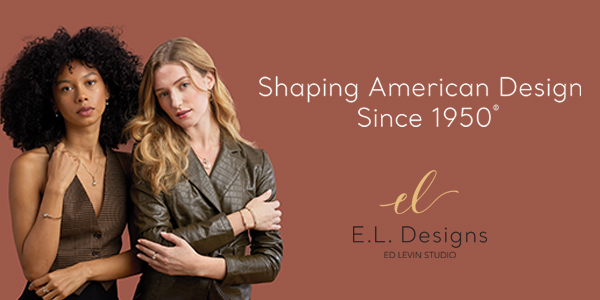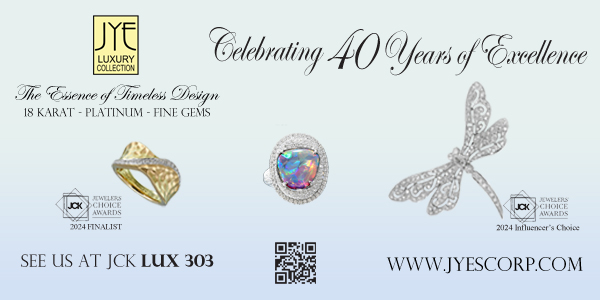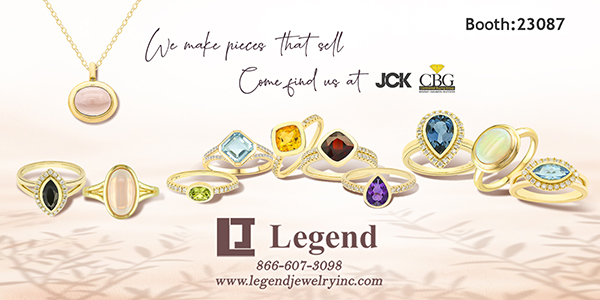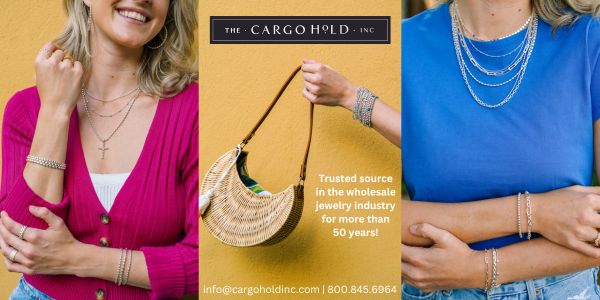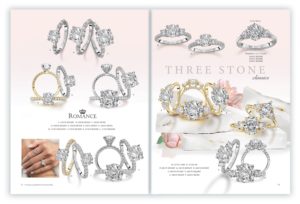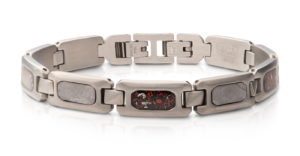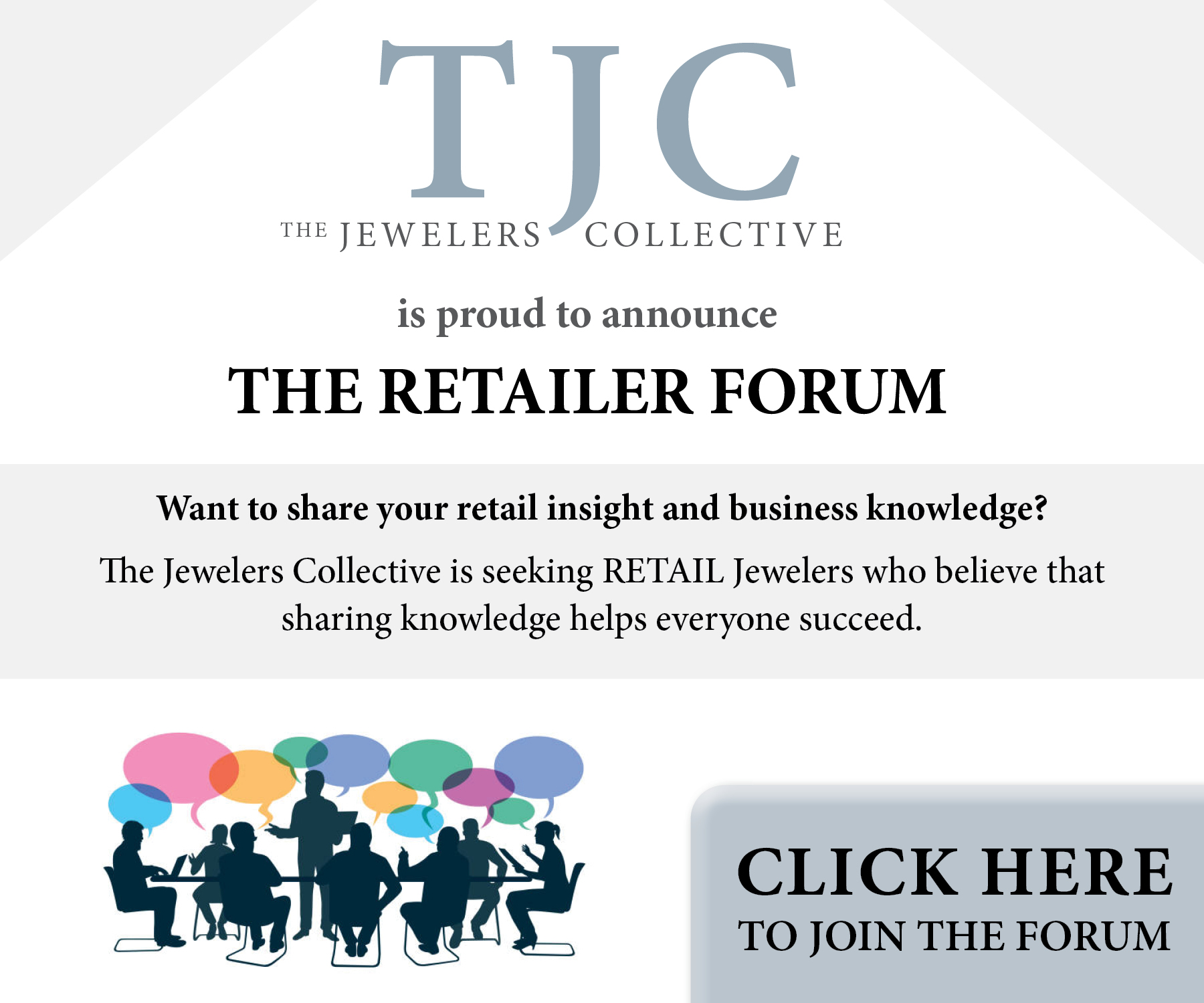IN THE KNOW
February 2024
Focal Point Displays: The Feet Follow the Eyes
Lyn Falk
Getting customers to move through a jewelry store that is simply filled with horizontal showcases can be a difficult task. Yes, sales staff are trained to greet every customer and lead them to what they’re looking for and help them through their shopping journey, however, when a customer just wants to browse, or a friend is along just for fun and wanders off to look around, this is the store’s opportunity to help guide, inspire, and hopefully make another sale, on its own!
Focal points are emotionally engaging displays that attract the eye from a distance and lure customers to come closer to check things out. It’s a well-defined visual statement that stands out from its surroundings. Strategically placing focal points throughout a store will lure and lead customers effortlessly throughout a space.
WHAT DOES THIS LOOK LIKE IN A JEWELRY STORE?
When your customers enter your store, where would you like their eyes to land immediately? And then, where would you like their eyes to wander? (Again, without the guidance of a sales person.) Ideally, we’d like them to see the service counter and store name/logo, and/or some signi cant design element. This latter item could be a beautiful chandelier, art sculpture, or a water feature. These elements set the stage for the store’s brand/ style. It should be an obvious and instantaneous, “wow”, that pulls them into the space. From there, we want the eyes to go to the showcases and the jewelry inside. We like to see the backs of one showcase in every run of 4 – 6 cases have a visually pop. These vertical surfaces are amazing work horses. Whether it’s a solid color of vinyl, a photographic image, or a simple word, these backdrops are an ideal way to pull customers right over to that case.
The same for a handful of display props inside the cases. When carefully designed to match your brand and/or the products in the case, they too can serve to attract the eye and pull someone in closer. Tower cases are automatically set up to be focal points as they already rise above a run of horizontal cases. They should have a “wow” prop in it that beckons one closer.
Because jewelry is so small, a lot of it can look alike from a distance so these focal points in cases and towers are imperative to getting customers to walk up and down every case run. Just be sure that the props you select are bespoke and not typical craft-store décor. They need to re flect the quality of your merchandise.
Be strategic in the number of these backdrops and props you use as they should never distract from the merchandise. Their job is to attract attention and support whatever you’re selling in the cases.
After customers have perused the runs of showcases – then we need to pull their eyes to the walls. Illuminated wall cases, backlit photography, and at screens, are good ways to do this. A decorated column or floral arrangement on a countertop are other places to think about placing an element to attract the eye. Art that re flects your brand, an engaging history wall or award wall, are other examples of focal point displays where the feet will follow the eyes.
Any display that resides outside of illuminated showcases, should be illuminated 3x brighter than the surroundings. To achieve this level of brightness, use a powerful lamp (bulb) in track lighting overhead that delivers at least 1000 lumens.
Finally, be sure to change out case displays seasonally. It’s important to keep the store looking current and relevant. Jewelry is fashion, and fashion changes with the seasons. Props must as well.
Be strategic in what you choose to display and where you place them. Done right, you’ll see how focal points really do cause the feet to follow the eyes.
Focal points serve to:
- attract attention
- inspire
- inform or tell a story
- break up large areas of merchandise
- define a category
- celebrate a product line
- engage the customer
Examples of key focal points:
- unique design elements (ie: water fountains, fireplaces, decorated columns, hanging mobile, large pieces of art, chandelier)
- 2-D backdrops to showcases
- flat screen
- break up large areas of merchandise
- back lit photography
- illuminated history wall
- rotating (moving) displays

